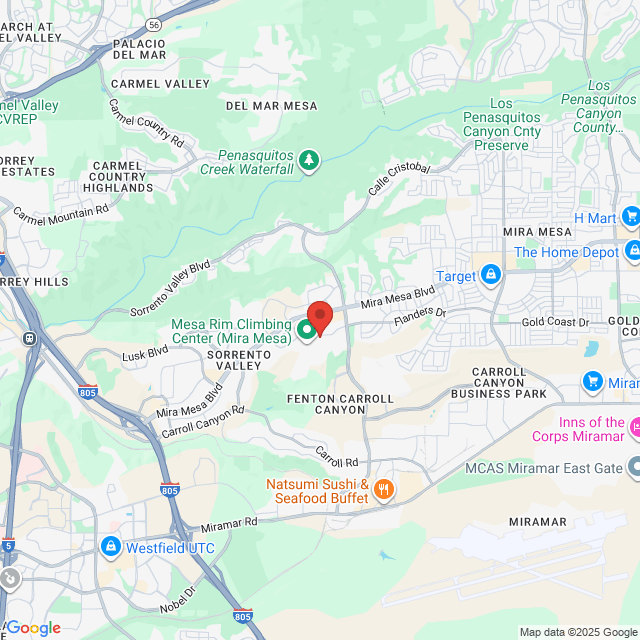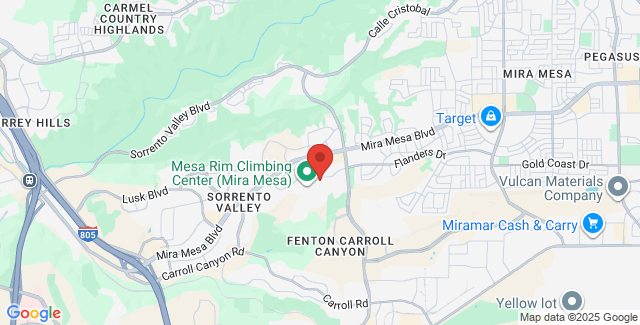Cerebral Palsy Glossary
Acquired Cerebral Palsy: In some cases, cerebral palsy may be acquired in the months following birth. Acquired cerebral palsy may be the result of a brain infection or head injury.

Apgar Score: When a child is born, a physician will take note of his or her activity or muscle tone, pulse, grimace or reflex irritability, appearance or skin color, and respiration. These observations are made immediately following birth and five minutes later. A score of zero to ten is then calculated. A low score alerts a doctor that resuscitation may be necessary and a high score reassures a doctor that the baby is healthy. Children with cerebral palsy often receive low apgar scores.
Ataxic Cerebral Palsy: Ataxic cerebral palsy is characterized by a weakness in the muscles and wobbly, shaky movements. People who have ataxic cerebral palsy will often have a difficult time balancing and will exhibit poor depth perception.
Athetoid Cerebral Palsy: A type of cerebral palsy in which the patient has difficulty controlling movement. Athetoid cerebral palsy patients may move involuntarily and will often squirm and twist when they feel emotional distress.
Brain Damage: During pregnancy or birth, brain damage to a child may cause cerebral palsy. The following problems may result in brain damage: Rh incompatibility, a lack of oxygen to the baby, a mother's urinary tract infection, bleeding within the infant's brain, or poisoning due to the mother's use of alcohol or drugs.
Cerebral Palsy: A general term for a group of permanent brain injuries that affect an infant in the womb, during birth, or in the months following birth. Cerebral palsy patients may have limited motor skills, speech difficulties, learning disabilities, or other problems.
Congenital Cerebral Palsy: A form of cerebral palsy resulting from birth injury or brain damage during pregnancy. Common causes of congenital cerebral palsy include lack of oxygen to the baby's brain, Rh incompatibility, bleeding in the baby's brain, and exposure to drugs and alcohol in the womb.
CT Scan: A "computed tomography" scan may be used to determine the cause of cerebral palsy in a child. This test scans the brain, looking for abnormalities and areas that have not properly developed.
Dysarthria: A speech disorder that often affects people with cerebral palsy. Dysarthria symptoms can range from mild to severe, and the condition is caused by a weakness in the muscles that produce speech. In mild cases there may only be a slight slurring of speech; in more severe cases the person may depend upon a voice output system to speak.
Intention Tremors: As a person with ataxic cerebral palsy reaches for an object or attempts to perform an act (such as putting on a shoe), the body part that he or she is moving may begin to tremble. Intention tremors become stronger as the person reaches the object.
Mixed Cerebral Palsy: About 20 percent of those with cerebral palsy show some mix between spastic, ataxic, and athetoid cerebral palsy.
MRI Scan: Magnetic Resonance Imaging may be used when determining the cause of cerebral palsy. A doctor may use an MRI scan to pick up abnormalities in the brain that are not visible on a CT scan.
Orthopedic Specialist: Focuses on the bones, muscles, and joints of the cerebral palsy patient. Therapy and treatment will be directed toward preventing atrophy or contracture of muscle tissue and increasing the patient's ability to use his or her motor skills.
Progressive Disease: Cerebral palsy is not a progressive disease. That is, it does not get worse over time. Different symptoms, however, may become apparent as the child ages.
Seizures: A person having a seizure may abruptly "freeze," fall and shake violently, or simply fall down. Seizures affect about half of all people with cerebral palsy but are usually not harmful.
Spastic Cerebral Palsy: A form of cerebral palsy that causes tightness in the muscles. Because of this tightness, spastic cerebral palsy patients have a difficult time controlling their movement. Their motions may be abrupt and jerky. Spastic cerebral palsy is seen (to some degree) in 80 percent of cerebral palsy cases.
Spastic Diplegia: A form of spastic cerebral palsy that affects muscle control in both of the arms or legs.
Spastic Hemiplegia: A form of spastic cerebral palsy that affects muscle control on one side of the body. The right arm and leg or left arm and leg will be affected.
Spastic Monoplegia: A form of spastic cerebral palsy that affects only one limb. This form of spastic cerebral palsy is rare.
Spastic Quadriplegia: A form of spastic cerebral palsy that affects both the arms and the legs of a patient.
Spastic Triplegia: A form of spastic cerebral palsy that affects three of the limbs. This form of spastic cerebral palsy, like spastic monoplegia, is quite rare.
Related to Cerebral Palsy Glossary




